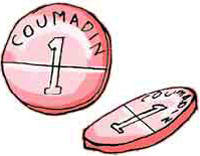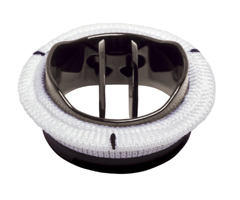Anticoagulation Valve Replacement Thoughts For Mechanical Devices (Plus Video)
By Adam Pick on October 3, 2008
Last month, Scott was diagnosed with aortic valve regurgitation. After his initial research, Scott was going to select a mechanical valve. However, the more Scott learned about the use of anticoagulation therapy (e.g. Coumadin) to prevent clotting on aortic mechanical valve options, the more concerned he became. Scott’s email to me reads:
“Hi Adam – I’m 52 and suffer from severe aortic regurgitation. I’m torn between my mechanical and bioprosthetic options. Can you help me better understand the risks of anticoagulants relative to valve function and patient lifestyle?”

Anticoagulation is a concern for many patients concerned with long-term use of Coumadin to prevent clotting. As Nancy previously wrote, there are some documented and theorized risks of anticoagulation therapy on valve replacement patients.
At the same time, there are other valve replacement options – including the ON-X mitral / aortic valve replacement – in trials that require a lower-to-no doses of Coumadin.

Ultimately, this is a very personal decision for the patient. There are pros and cons to both artificial valves (requiring anticoagulant therapy) and biological valves (pig valves, cow valves, human donor valves). I suggest you write down the pros, write down the cons and then discuss with your family and your surgeon.
I hope this helps explain more about anticoagulation, valve replacement options and Coumadin therapy.
Keep on tickin!
Adam











